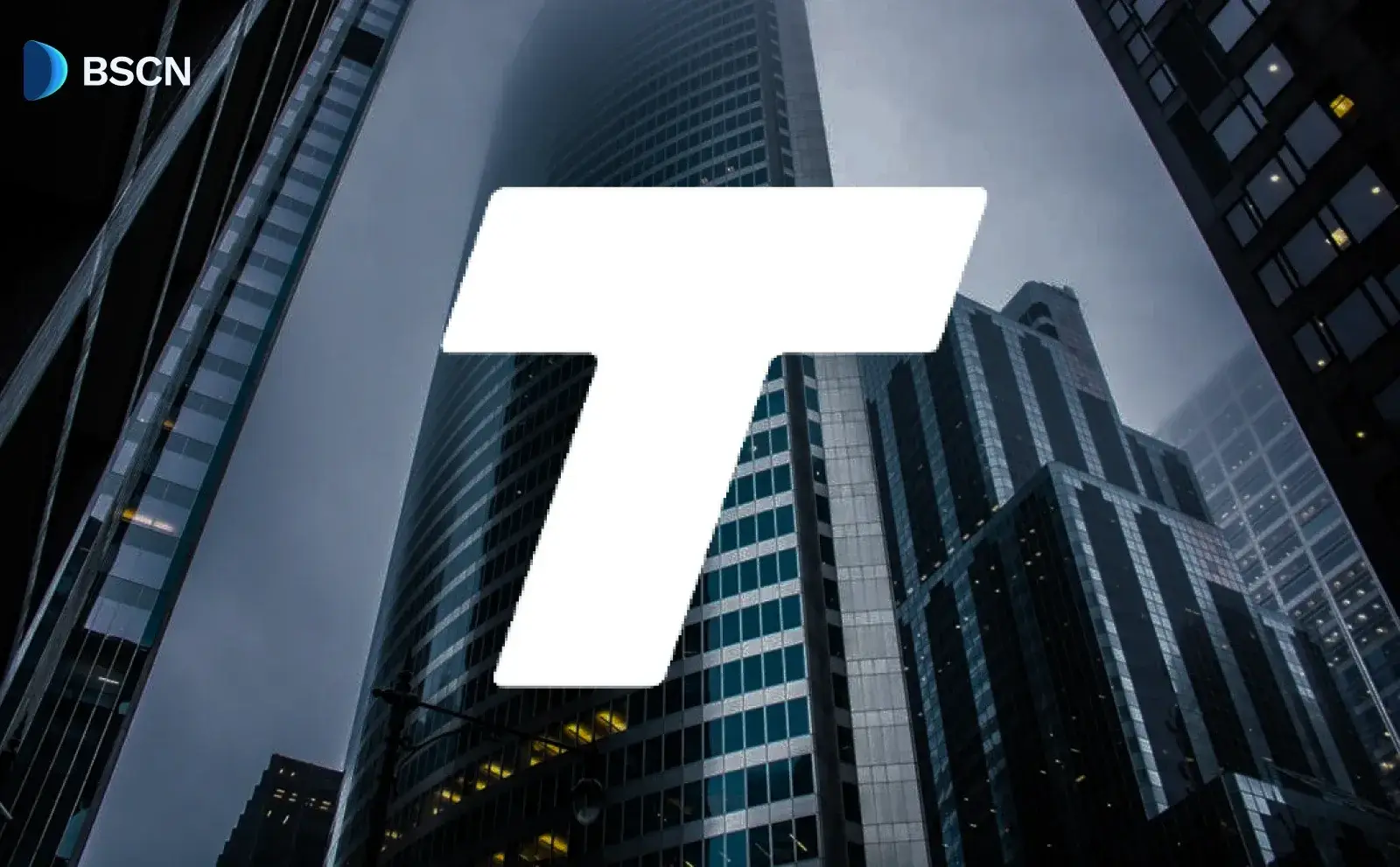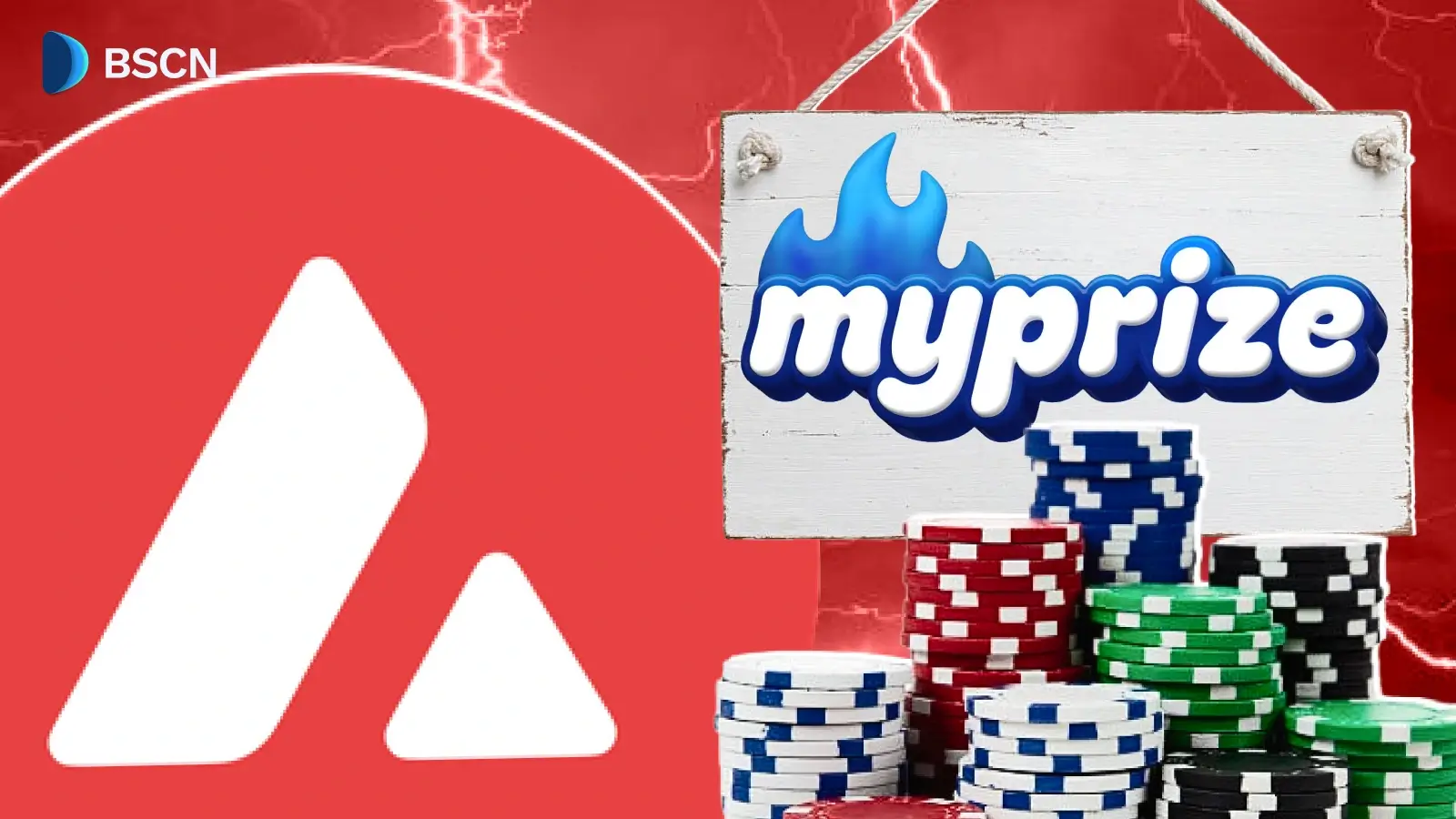Research
(Advertisement)
Rise Reveals New Ecosystem Vision: What Does it Mean?

Rise Chain's ecosystem vision outlines a three-layer Ethereum L2 structure for programmable markets, featuring MarketCore orderbooks and RISEx DEX for high-speed DeFi.
UC Hope
November 27, 2025
(Advertisement)
Table of Contents
Ethereum Layer 2 project Rise Chain announced on November 13, 2025, that it is shifting its focus from a general-purpose L2 to infrastructure designed explicitly for programmable onchain markets. According to the team’s X announcement, the update introduces two core components, RISE MarketCore and RISEx, positioned as tools for supporting high-speed trading and more specialized DeFi execution on Ethereum.
The move reflects Rise Chain’s attempt to address performance limitations common across contemporary L2s, particularly for applications that depend on low-latency order execution.
What is Rise Chain?
Rise Chain is an Ethereum Layer 2 designed to scale transaction throughput while inheriting Ethereum’s security guarantees. The team emphasizes an architecture centered on fully onchain, verifiable order books, a model that contrasts with the hybrid on/off-chain approaches used by many trading-oriented systems.
Testnet data reported by the project indicates that more than 4 billion transactions were processed by 4 million EOAs in 2025, though independent benchmarking of real-world performance is still pending.
The testnet period, which began earlier in 2025, included stress events such as the “Chain Derby.” Rise Chain cites these events as evidence of the network’s capacity to handle high-volume activity. As with most pre-mainnet environments, these figures serve as early indicators rather than guarantees of mainnet performance.
Rise Chain's core goal is to create an environment where applications can execute trades with minimal delay, supporting both decentralized and centralized operations. The project highlights three architectural layers: the EVM layer for execution, a programmable markets layer for orderbooks and DeFi tools, and an application layer for user interfaces. This structure allows for compatibility with Ethereum tools while adding optimizations for market-specific needs.
Key Innovations: RISE MarketCore and RISEx
The announcement centers on two main features: RISE MarketCore and RISEx.
RISE MarketCore functions as an onchain orderbook framework that includes a Solidity-based matching engine, risk controls, and APIs modeled after centralized exchanges. According to Rise Chain, gas abstraction is used to reduce UX friction. MarketCore is intended to provide a foundation for builders launching custom markets or applications that require high-performance execution. This level of onchain specialization is still relatively uncommon among Ethereum L2s, making it a noteworthy development to monitor.
“RISE MarketCore gives builders access to a low-latency orderbook infra with the programmability and composability of the EVM. Builders can plug into liquid books, founders can list their tokens permissionlessly, and asset issuers can launch their own markets or entire exchanges,” the thread reads
RISEx is introduced as a perpetuals DEX built directly on MarketCore. The project aims to deliver centralized-exchange-style responsiveness while maintaining non-custodial control, though its current closed beta means broader performance assessments are not yet available.
New Ecosystem Vision: What does it mean?
CEO Sam Battenally outlined a three-layer ecosystem, EVM Layer, Programmable Markets Layer, and App Layer, framed as the basis for programmable onchain markets. This layered structure mirrors trends seen across specialized L1 and L2 ecosystems, where execution, market logic, and applications are increasingly modularized to improve performance and developer flexibility.
The Three-Layer Ecosystem Structure
The vision divides the ecosystem into three layers.
The EVM Layer handles foundational execution. Achievements include rebuilding the block building pipeline for continuous execution, implementing Shreds for 3ms latency, extending the RPC for real-time transactions via EIP-7966 (integrated in Viem, Geth, Alchemy), adding real-time verifiable random functions, and optimizing for 100k TPS at 3ms latency. The testnet has processed nearly 4 billion transactions from 4 million externally owned accounts, with the Chain Derby event demonstrating performance.
The Programmable Markets Layer provides DeFi infrastructure for fintech applications, comprising MarketCore and DeFi Primitives.
DeFi Primitives treat current DeFi tools as middleware, including automated market makers, lending markets, collateralized debt positions, stablecoins, and vaults. These support future applications and offer opportunities for builders; Rise Chain has recruited teams for these roles.
The App Layer emphasizes distribution and modality innovations for accessible interfaces, targeting broad usability. The underlying infrastructure enables rapid development of retail apps. RISEx is the starting application, combining the performance of a centralized exchange with DeFi composability and shared state. Built on MarketCore, it aims to bootstrap the DeFi ecosystem.
Technical Architecture of Rise Chain
Rise Chain’s technical architecture introduces a Continuous Block Pipeline that processes transactions without fixed block intervals, enabling near-instant confirmations. The team reports throughput of 10 Ggas/s and latency under 3ms. While these figures are promising, sustained performance will depend on validator distribution, real-world network conditions, and liquidity availability once the mainnet launches.
Secured Shred Preconfirmations divides transactions into smaller units for parallel processing, maintaining decentralization while reducing wait times. The parallel EVM extends standard Ethereum Virtual Machine functionality, incorporating real-time RPC support through EIP-7966. It remains compatible with development tools such as Viem, Geth, and Alchemy, and includes features like real-time verifiable random functions and gas abstraction.
Economic aspects of the architecture focus on balancing low user fees with network sustainability. Rise Chain subsidizes gas costs through models that create scarcity in blockspace, though specifics on implementation remain limited in public documentation. Developers have access to SDKs and guides for building applications, including those that integrate artificial intelligence or require high throughput.
Conclusion
Rise Chain’s announcement presents an ambitious attempt to specialize an Ethereum Layer 2 for onchain markets, combining high-throughput execution with market-focused primitives. The project has generated significant testnet activity, funding, and introduced a technical architecture that, if validated on mainnet, could appeal to developers building latency-sensitive financial applications.
With the mainnet launch pending and RISEx still in closed beta, the next phase of development will offer clearer insight into whether the system’s reported performance metrics hold in production environments.
Sources
- Rise Chain Website: Explore Ecosystem
- Rise Chain Blog: Rise Evolution piece
- X Thread: Announcing the evolution beyond universal L2 into the Home of Global Markets
- Rise Chain X: Recent Updates
Read Next...
Frequently Asked Questions
What is Rise Chain's main focus after the recent announcement?
Rise Chain now emphasizes infrastructure for programmable onchain markets, with RISE MarketCore providing orderbook tools and RISEx offering perpetuals trading.
When is Rise Chain's mainnet expected to launch?
As of November 27, 2025, the mainnet launch is imminent, following the testnet phase and RISEx beta.
Who are the key backers of Rise Chain?
Backers include Vitalik Buterin, Galaxy Ventures, Finality Capital Partners, and others, totaling $8 million in funding.
Disclaimer
Disclaimer: The views expressed in this article do not necessarily represent the views of BSCN. The information provided in this article is for educational and entertainment purposes only and should not be construed as investment advice, or advice of any kind. BSCN assumes no responsibility for any investment decisions made based on the information provided in this article. If you believe that the article should be amended, please reach out to the BSCN team by emailing [email protected].
Author
 UC Hope
UC HopeUC holds a bachelor’s degree in Physics and has been a crypto researcher since 2020. UC was a professional writer before entering the cryptocurrency industry, but was drawn to blockchain technology by its high potential. UC has written for the likes of Cryptopolitan, as well as BSCN. He has a wide area of expertise, covering centralized and decentralized finance, as well as altcoins.
(Advertisement)
Latest News
(Advertisement)
Crypto Project & Token Reviews
Project & Token Reviews
Comprehensive reviews of crypto's most interesting projects and assets
Learn about the hottest projects & tokens
Latest Crypto News
Get up to date with the latest crypto news stories and events

















